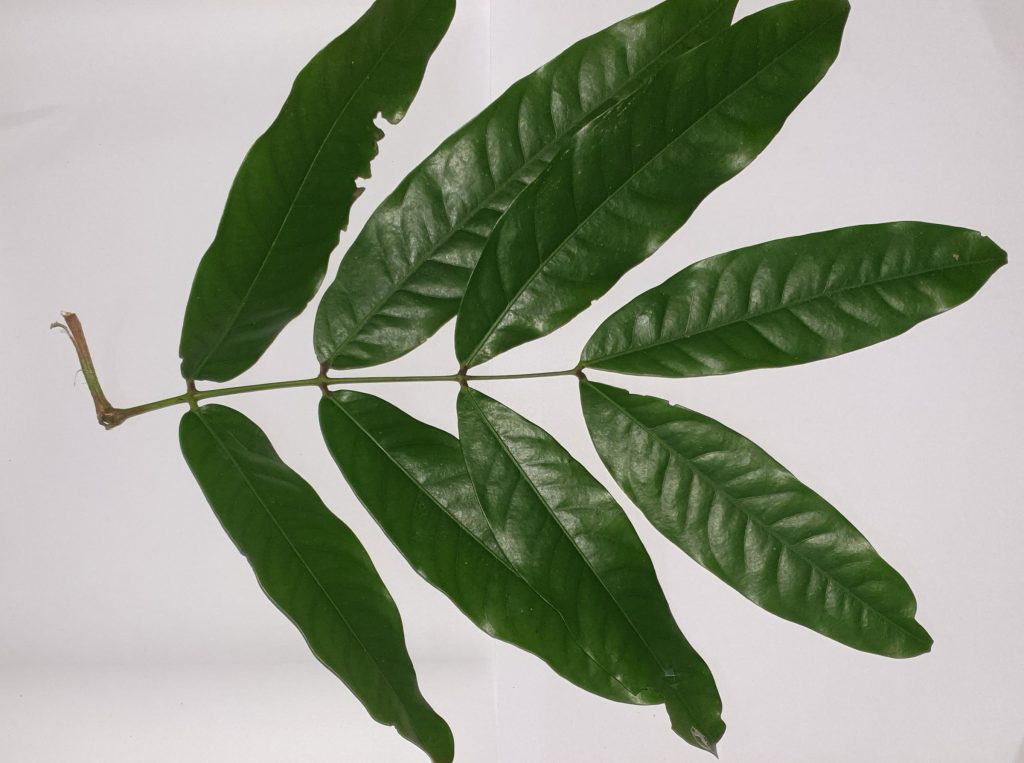
Systematic Classification
Division : Angiospermeae
Class : Dicotyledonae
Order : Sapinsales
Family : Anarcardiaceae
Genus : Magnifera
Species : indicaCommon Name:
Mango, Maav
General Information:
It is an Evergreen tree, which grow up to 30 m high, bark 2-2.5 cm, dark grey, rough with vertical fissures; blaze yellow; exudation yellowish, gummy. Leaves simple, alternate, clustered at the tips of branchlets, estipulate; petiole 10-75 mm long, stout, glabrous, pulvinate; lamina 9.2-40 x 2.5-8 cm, elliptic, elliptic-lanceolate, linear-oblong, base attenuate or acute, apex acuminate, acute or obtusely acute, margin entire, glabrous, shiny, coriaceous; lateral nerves 14-28 pairs, pinnate, prominent; intercostae reticulate, prominent. Flowers polygamous, yellowish-green, in terminal panicles; pedicels jointed; bract deciduous; calyx 4-5 partite, ovate, imbricate, hairy without, cauducous; petals 4-5, oblong-obovate, subequal, nerves at base gland crested, free or adnate to the disc; disc fleshy, cupular, 4-5 lobed; stamens 4-5, inserted inside or on the disc, fertile stamens 1 or 2; filaments free, glabrous; staminodes gland-tipped; ovary sessile, superior, oblique, 1-celled, ovule pendulous; style lateral; stigma simple. Fruit a drupe, 5-15 cm long, oblong-reniform, compressed, yellowish-red, mesocarp fleshy, endocarp fibrous; seed subreniform.
Economic Importance:
- Dried flowers are of medicinal value and used for curing dysentery and cattarah of bladder. It is a cure for wasp sting, rubbed between hands and left to dry.
- The bark possesses 16% to 20% tannin and has been employed for tanning hides. It yields a yellow dye, or, with turmeric and lime, a bright rose-pink.
- Wood is extensively used for low-cost furniture, floor, ceiling boards, window frames, heavy packing cases, match splints, brush backs, oar blades, agricultural implements etc.
